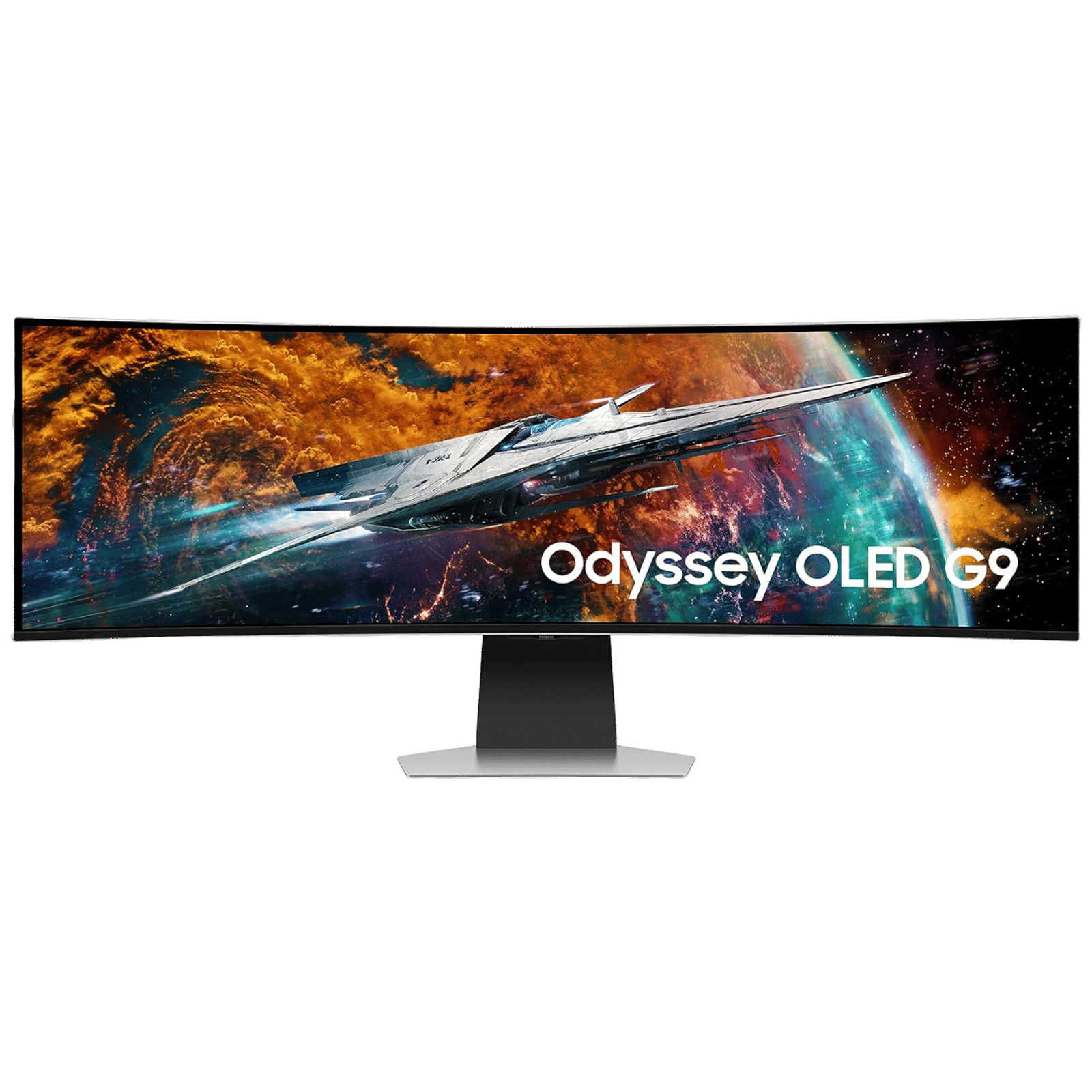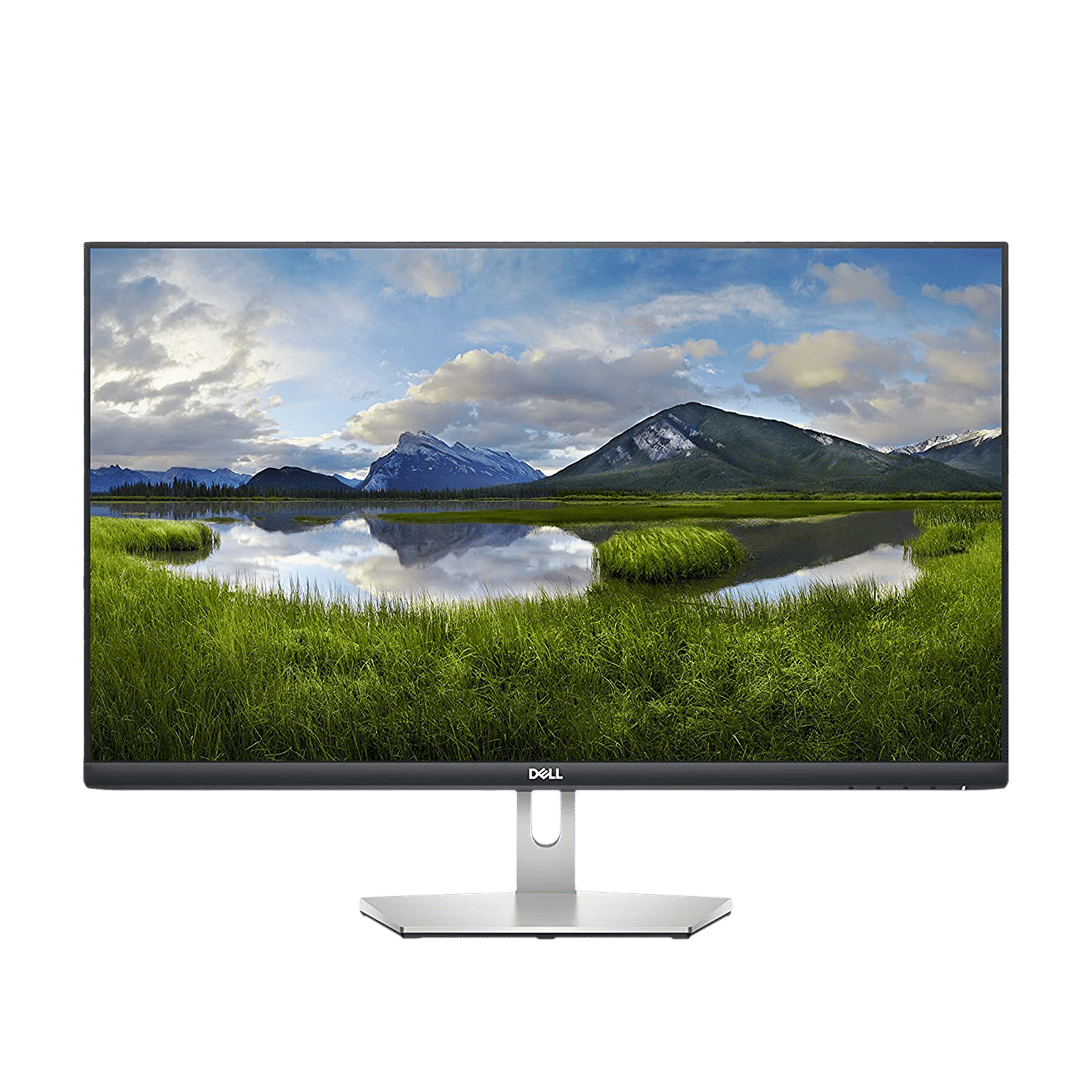These days, we spend most of our work and leisure time staring at a screen. Whether you’re scrolling through rows of Excel sheets or catching up on your favourite shows during the lunch break, a small mobile or laptop screen just doesn’t cut it. In such scenarios, connecting an external monitor can really push the visual experience. So, what type of monitor should you invest in? Read on to find out the various types of monitors out there.
5 types of monitors available today
Here is a breakdown of all the different types of monitors available for you to buy in the market today, along with their advantages and disadvantages to help you make a choice.
1. LCD monitor
LCD stands for Liquid crystal display and is the most widely used monitor in the world. It tends to take up less space, less electricity, generate less heat, and are thinner and lighter than the ageing CRT monitors. The USP of these monitors is the bright screen, and their cost-effectiveness.
2. LED monitor
An LED (Light Emitting Diode) display is among the newest techs out there and can be flat or curved. These monitors consist of light-emitting diodes rather than cold cathode fluorescent lamps (CCFLs), are brighter than other monitors, and boast up to 4k resolutions. LED displays are more common among gamers who play HD and high-definition games since they consume less power than LCD monitors.
3. OLED monitor
OLED stands for Organic Light Emitting Diode, and it uses organic materials like carbon, plastic, wood, and polymers to transform electric current into light. It is thinner than an LCD unit and is especially good for watching movies. OLED monitors are regarded as the best display technology because of their excellent contrast levels, excellent picture clarity, quick response, and ideal contrast and brightness. However, they have shorter lifespans than LCDs and LEDs, and are more expensive.
4. CRT monitor
CRT (Cathode Ray Tube) are older, significantly heavier, and take up more space than LCD and LED monitors. This is an outdated technology as well, which results in higher energy consumption.
Products in focus
5. Plasma monitor
A Plasma monitor panel uses minuscule coloured fluorescent lights that produce image pixels. Each pixel is composed of three red, green, and blue fluorescent lights, which resemble small neon lights. along with the intensity of these lights. A plasma display is thinner because it is flat rather than slightly curved, like an LCD. However, plasma monitors are heavier and produced in small quantities.
If you are planning to buy a new monitor, then you must buy an LCD or an LED monitor. These are the latest type of monitors that are available today. If you have the budget, then definitely go for the LED screen. They have better picture quality than LCD screens and even last longer.
हिंदी में पढ़ें: मॉनिटर के विभिन्न प्रकार क्या हैं?
Unleash your inner geek with Croma Unboxed
Subscribe now to stay ahead with the latest articles and updates
You are almost there
Enter your details to subscribe

Happiness unboxed!
Thank you for subscribing to our blog.
Disclaimer: This post as well as the layout and design on this website are protected under Indian intellectual property laws, including the Copyright Act, 1957 and the Trade Marks Act, 1999 and is the property of Infiniti Retail Limited (Croma). Using, copying (in full or in part), adapting or altering this post or any other material from Croma’s website is expressly prohibited without prior written permission from Croma. For permission to use the content on the Croma’s website, please connect on contactunboxed@croma.com
- Related articles
- Popular articles
















Computerclass Ektara
usefull information